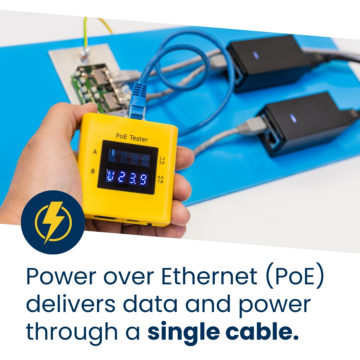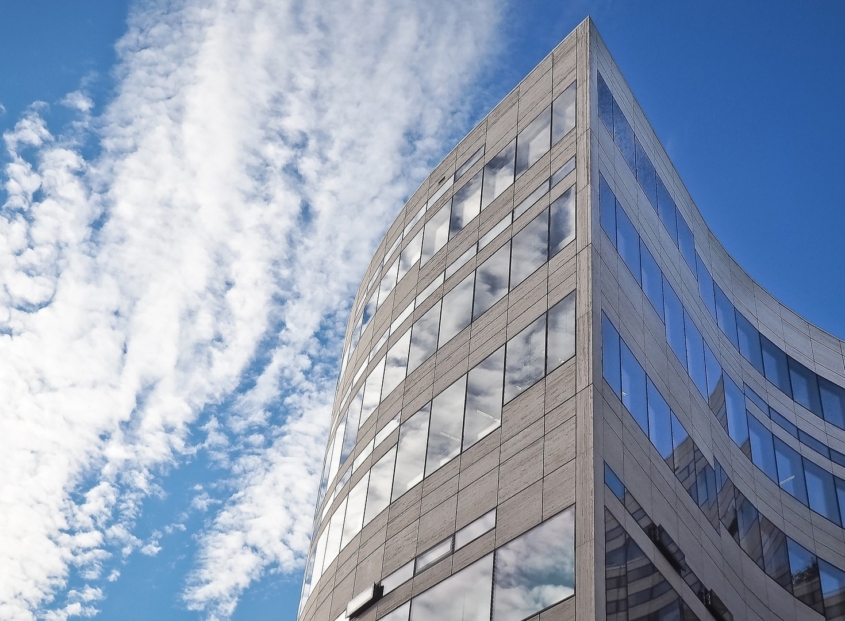What’s the All-Electric Trend in Sustainable Building About?
Industry professionals and community members are likely familiar with the term “building electrification”, a growing trend that plays a crucial role in advancing sustainable infrastructure and green building practices. By transitioning buildings to all-electric systems, this shift is helping to reduce carbon emissions, improve energy efficiency, and support environmentally-friendly architecture.
But what does building electrification mean for the workforce and residents of the Pacific Northwest? In this article, we’ll dive into the impacts and opportunities this trend presents for our region’s economy, job market, and communities.
What is Building Electrification?
When broken down to basics, building electrification is the process of replacing higher-energy-consuming appliances—such as propane, gas, or fuel oil—with energy-efficient electrical options.
What are the Top Appliances Ready for Electrical Innovation?
Whether in a commercial or residential building, many appliances can be easily replaced with electrical counterparts.
- Water Heaters
- HVAC Equipment
- Stoves
- Heat pumps
Why the Shift to Building Electrification Matters
Building operations contribute to 31% of energy-related carbon emissions. Switching to cleaner energy via electricity can go a long way toward promoting decarbonization. Decarbonizing buildings by utilizing electricity has many benefits, from personal safety to energy savings.
- Healthy Environments: Gas appliances can emit harmful air pollutants, including nitrogen dioxide, carbon monoxide, and benzene. In fact, these levels in residences have been attributed to 13% of all childhood asthma. Since gas appliances vent outdoors, air quality outside is affected. Switching to electric and renewable resources can provide healthier air for everyone.
- Reduced Climate Impact: Total carbon emissions from fossil fuels rose again in 2023, reaching 36.8 billion metric tons. Carbon dioxide is correlated with increasing global warming concerns. Mitigating reliance on fossil fuel-based energy goes a long way toward preventing adverse environmental effects.
- Energy Cost Savings: Appliances that run on electricity, like heat pumps, are more energy efficient, reducing energy costs.
Building electrification promotes sustainability because electric appliances don’t produce direct combustion emissions. Plus, these appliances can be integrated into renewable energy resources, reducing indirect greenhouse gas emissions.
What is Power Over Ethernet?
One emerging electrification technology is “power over ethernet (PoE).” PoE allows data and power supply connections to be delivered via a single, dedicated cable. It can eliminate the need for separate power supplies, additional outlets, and cord clutter. PoE is an exceptional and environmentally friendly option because buildings can often use their existing network cables, and new cables are quick and easy to install.
How Can PoE Benefit Sustainable Building Initiatives?
PoE allows buildings to connect devices to networks and simultaneously power them. This proves especially beneficial in powering day-to-day devices, including:
- Security cameras
- IP phones
- PA systems
- Point of sale terminals
- Wireless access points
- LED lighting
- Virtual desktop infrastructure
Integrating PoE into buildings’ infrastructure means fewer carbon emissions and next-level energy efficiency. For example, using PoE tech is transforming a 1930s building into a green-focused hotel. The Sinclair in Forth Worth, Texas can power over 2,000 lights and other amenities while reducing energy consumption by 30% to 40%!
How Electrical Professionals Drive Innovative Trends in the Pacific Northwest
Across the region, buildings are turning to sustainable architecture practices, and the electrical sector is helping meet those goals.
Washington State is leading the nation in replacing gas devices with electrical alternatives, creating the path toward building electrification. In Oregon, a massive, all-electric mixed-use building is slated to be completed in 2024. It will offer EV charging parking spaces and boast 70% more energy efficiency than other buildings in the area.
Modern sustainability technologies are revolutionizing the electrical industry. Electrical professionals will be needed to install and maintain complex systems, assist in energy management solutions, and keep up with evolving demands.
Discover the NECA/IBEW Local 48 Partnership
For more than 100 years, NECA and IBEW Local 48 have been integral to the development of Oregon and Southwest Washington’s electrical landscape. Together, they have shaped the region’s electrical infrastructure and led the way in industry innovation. Through this powerful partnership, members benefit from ongoing education, specialized training, valuable industry resources, and more.
Interested in learning more about membership opportunities? Explore how membership can help advance your career and connect you to a legacy of excellence.




